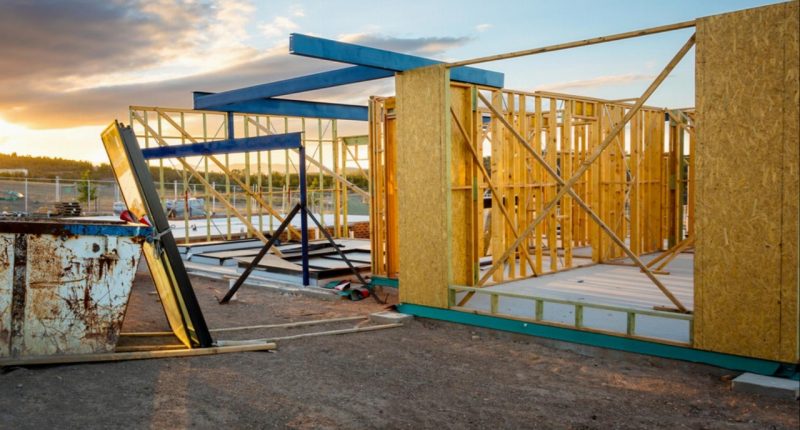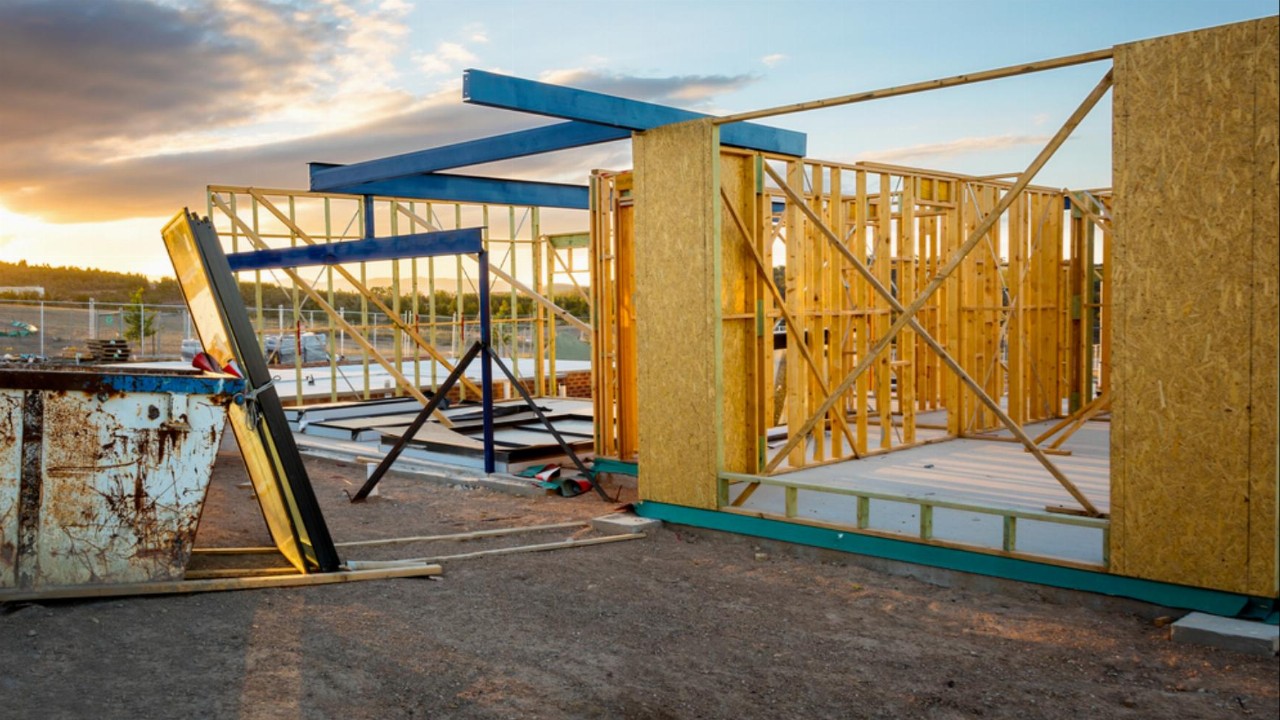- National construction costs climb 7.3 per cent over the 2021 calendar year, the highest annual growth rate since March 2005, according to CoreLogic
- Following a 3.8 per cent increase in national residential construction costs in the three months to September 2021, quarterly construction cost growth slowed to 1.1 per cent
- Rising construction costs come at a time when CoreLogic reports a 22.4 per cent increase in national housing values in the year to January
- Higher construction costs are likely to exacerbate the affordability issues that already exist in the established housing market
Despite a slowing in quarterly growth, national construction costs increased 7.3 per cent over the 2021 calendar year, the highest annual growth rate since March 2005, according to CoreLogic’s Cordell Construction Cost Index (CCCI) for Q4 2021.
Following a 3.8 per cent increase in national residential construction costs in the three months to September 2021, quarterly construction cost growth slowed to 1.1 per cent in Q4, bringing the quarterly trend back in line with the five-year average and below the Consumer Price Index’s 1.3 per cent for the same period.
Rising construction costs come hot on the heels of CoreLogic reporting a 22.4 per cent increase in national housing values in the year to January.
Higher construction costs are likely to exacerbate the affordability issues that already exist in the established housing market.
According to CoreLogic Research Director Tim Lawless, the smaller rise over the quarter may reflect some rebalancing in the index following the jump in Q3, but the company expects residential construction costs to remain above average in the coming quarter as supply chain disruptions persist.
“There is a significant amount of residential construction work in the pipeline that has been approved but not yet completed,” Mr Lawless said.
“With some materials such as timber and metal products reportedly remaining in short supply, there is the possibility some residential projects will be delayed or run over budget.”
According to Cordell statistics, cost hikes are still being driven mostly by lumber (mainly structural timber). Other parts of the market are likewise volatile, with metal prices under growing pressure.
“With such a large rise in construction costs over the year, we could see this translating into more expensive new homes and bigger renovation costs, ultimately placing additional upwards pressure on inflation,” Mr Lawless said.
The CCCI report measures the rate of change of construction costs within the residential market and covers freestanding and semi-detached single and two-storey homes.








